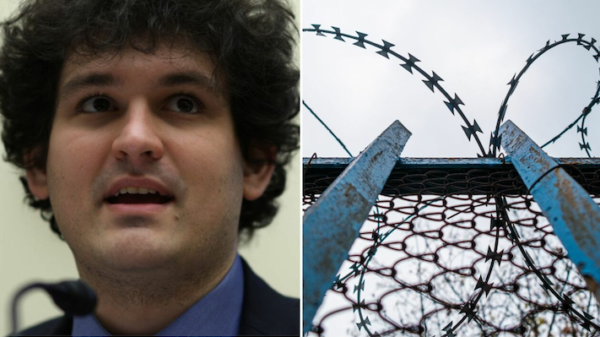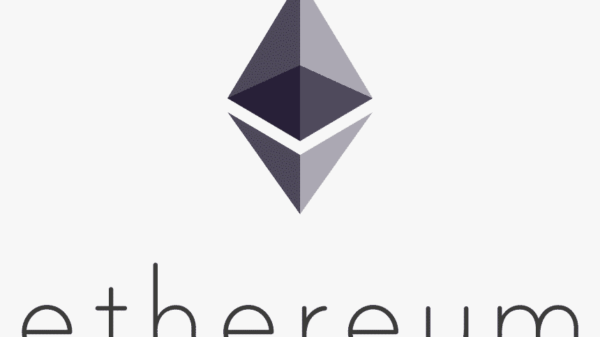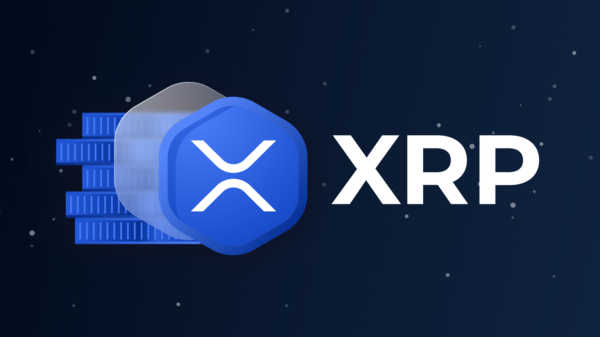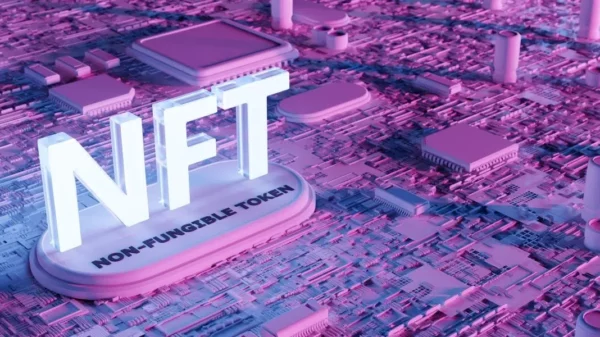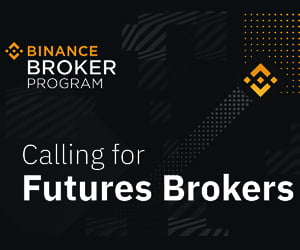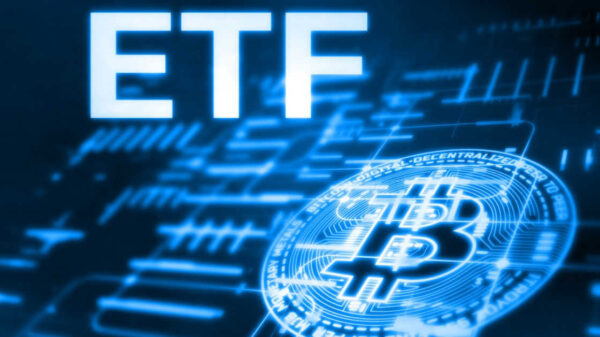
Chainlink, the market-leading provider of data feeds to blockchain-based smart contracts, is expanding its services to include decentralized off-chain computation – a job done by a network of node operators known as “Chainlink Keepers.”
Chainlink Labs is also standing up cross-blockchain bridges that come with an anti-fraud risk monitoring component.
Announced Thursday at Chainlink’s annual event, SmartCon, Keepers is a kind of service layer to tell smart contracts how and when to behave. The feature is now live on Ethereum and being adopted by Aave, Synthetix, PoolTogether, Barnbridge, Bancor and Alchemix.
Related: How a ‘Lazy Robot’ Might Solve a Big Problem for Crypto’s Whale Traders
The evolution of decentralized finance (DeFi) is a cross-pollination of on-chain logic in the form of smart contracts and real-world data that lives outside the blockchain.
Chainlink allows inputs – such as market data for DeFi, random number generators for gaming or sports scores for prediction markets – to be piped into blockchains via decentralized oracle networks that are maintained by a committee of Chainlink nodes.
Keeping time
The next step, as outlined in the Chainlink 2.0 white paper, is to offer computation as well as data inputs via the same decentralized network. To illustrate what is meant by computation in this context, Chainlink co-founder Sergey Nazarov picked the simplest use case.
“A smart contract can’t know what time it is,” Nazarov said in an interview. “It doesn’t have a conception of time. So if you want a smart contract to settle at midnight on Tuesday, you need a Keeper.”
A common sort of computation used in DeFi applications would be the triggering of limit orders, or it could be more advanced things like the monitoring of certain debt pools for under-collateralized loans. What project teams currently do is build this computation layer in-house. But that’s antithetical to the whole decentralization narrative, said Nazarov.
“We’ve created an end-to-end decentralized application,” he said, adding:
“It has decentralization of the code and it has decentralization of all the systems controlling the code. Because if you arrive at partial decentralization of the code but not everything controlling the code, that’s where you can have flash loan attacks and all these other attacks.”
Chainlink keepers will be selected from the network’s existing pool of reliable node operators, said Nazarov, and the profit they earn will ensure they provide computation at any level of congestion or cost scenario. Going forward, more enterprise-grade keepers will be added to the network, like Deutsche Telekom’s T-Systems.
Missing links
Slightly further down the Chainlink roadmap, but something the team has been working on for the last two years, is the Cross-Chain Interoperability Protocol (CCIP). Chainlink also announced a Programmable Token Bridge that will be built atop the CCIP. The bridge can be used to send tokens and computational commands to any blockchain network, opening the door to more advanced cross-chain applications.
Crypto lender Celsius announced Thursday it has committed to using the CCIP.
The time is ripe for this, Nazarov said, pointing to last month’s high-profile THORChain exploit.
“When other people make cross-chain [bridges], they have two fundamental problems,” Nazarov said. “Either they haven’t designed a secure system, or they don’t have a relationship with the other blockchains that will result in adoption of the bridge.”
Under the hood, Chainlink’s CCIP leverages something like multi-signature security, Nazarov said, but done in a way that efficiently aggregates signatures from hundreds of reliable Chainlink nodes.
In addition, a new anti-fraud network will run parallel to the Chainlink cross-chain bridge, and monitor every single signature, transfer and addition or reduction of a node, Nazarov explained. The anti-fraud network has the ability to lock the bridge at any moment completely unilaterally, he added.
“This creates a critical layer of risk management and anti-fraud management,” Nazarov said, adding:
“If you look at any system out there in the world that moves value and transacts value, they all have anti-fraud, and anti-risk departments. They have huge investments in anti-fraud systems. But for some reason, we want to move around billions of dollars in all these bridges without a risk management system. How does that make sense?”
source of news coindesk



